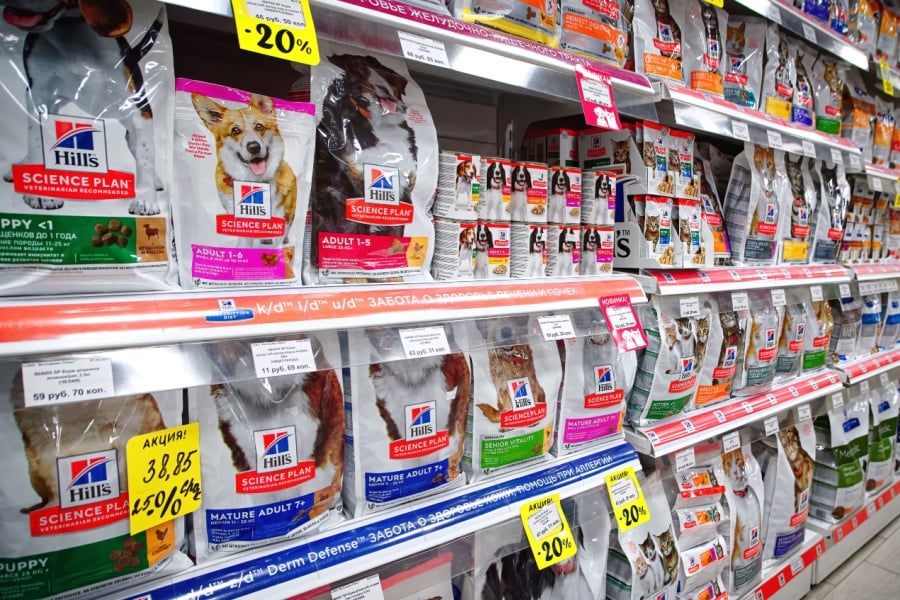Technology is transforming the fleet management, transportation, and logistics business, just as it is every other industry. From advanced diesel and natural gas engines, to onboard computers and cameras, collision avoidance and other sensor-based systems, remote diagnostics, Uber-style applications that match shippers with available freight capacity and, ultimately, autonomous trucks technology is disrupting the trucking and supply chain industries.
Why is this important? Almost two decades ago, Harvard Business School professors Joseph Bower and Clayton Christensen published a Harvard Business Review article titled “Disruptive Technologies: Catching the Wave.” One of the most consistent patterns in business, they wrote, is the failure of leading companies to stay at the top of their industries when technologies or markets change. They warned that businesses must not ignore new technologies just because they don’t initially meet the needs of their current customer base or business model. Yet we’ve continued to see these failures over and over – Blockbuster and Netflix, hotels and Airbnb, taxicabs and Uber. Similar forces are at work in the transportation and logistics industry.
Uber for Trucks
The same kind of mobile technology that made Uber a disruptive force around the world is making its way into freight transportation. Uber is a software application that matches passengers with drivers, and it is upending the taxi business around the world. A variety of technology startups are beginning to deliver applications that connect shippers to carriers with available capacity.
Just like Uber, shippers are billed immediately and carriers are paid immediately in a swift and seamless way. According to researchers at Frost & Sullivan, this could go a long way to reduce the 20 billion empty miles trucks travel on average each year. And it provides shippers and freight brokers with a new way to find capacity to support surges in their business. Frost & Sullivan forecasts that by 2025, $26.4 billion of truck freight revenues will be enabled by mobile freight brokering.
Safety Systems
The expansion of state and federal safety regulations is driving significant improvements in safety technology for trucks – as well as increasing costs for manufacturers and fleet owners. A host of collision mitigation systems are on the market, designed to address some of the most common factors in roadway accidents involving trucks. These solutions – many of which are similar to technologies already available in luxury cars – include:
- Collision mitigation systems that apply 50% braking if the driver does not see a hazard ahead, such as slowed or stopped traffic.
- Roll stability, which applies braking independently to the wheels to slow the truck and avoid rollovers on big curves
- Lane departure warning so that drivers don’t drift into adjoining lanes.
- Adaptive cruise control to maintain a standard following distance
Onboard cameras also give fleet owners new insight into accidents or other incidents to improve safety. The cameras are placed at the top center of the windshield, one facing forward and one facing the driver. While the cameras are constantly recording, it is only in the event of an incident that the images are sent to a review center. Sudden braking, an accident or some other incident – including driver cell phone use, could prompt this. The images provide insight into crash prevention, opportunities for coaching drivers and predictive analytics to help reduce the likelihood of similar events occurring in the future.
Autonomous Trucks
Most people have heard about Google’s self-driving car, but far fewer know that the first autonomous, self-driving truck was licensed recently for road tests in the state of Nevada. Built by Freightliner, the vehicle’s sensors and computers link together a sophisticated set of camera technology and radar systems with lane stability, collision avoidance, speed control, braking, steering and other monitoring systems. The result is an autonomous vehicle operating system that can perform safely under a range of highway driving conditions. A driver still takes control of the truck at specific times, especially when exiting the highway, navigating local roads, and docking at the destination. When the truck is operating autonomously, the driver is free to focus on other tasks, such as scheduling and routing.
Most of the technology today is focused on single vehicles, but there’s also a growing wave of technology that will enable vehicles to connect and communicate with each other as well as with the fleet infrastructure to monitor the performance of the truck and driver. This future may include truck platoons or pelotons, with the lead truck operating autonomously with a driver, followed by a convoy of three or four driverless trucks – all communicating and sharing information.
All of these technologies offer the promise of improved safety, fuel efficiency, connectivity, and uptime for future generations of trucks.




